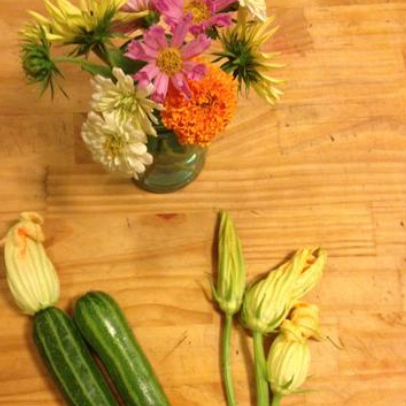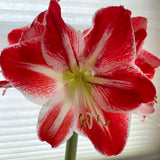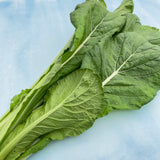
Garden Harvest Spotlight: Summer Squash
About Summer Squash
Cucurbita pepo: Includes yellow squash, zucchini and patty pan types.
Summer squash harkens the essence high summer. We wait and wait for it to arrive, and inevitably when it does, it becomes overwhelming! Summer squash plants are large with huge, leafy foliage, and usually yield copious amounts of fruit for several weeks before succumbing to cucumber beetles, squash bugs, vine borers and/or powdery mildew. Summer squashes have both male and female flowers on a single plant. In order to produce fruit, the the female flowers must be pollinated with pollen from male flowers. This work is usually done very well by insects. As opposed to winter squash, the fruits of the summer squash are harvested when immature, before the skin becomes a hard shell and the seeds swell and mature.
Read on for tips on growing, harvesting and preparing this quintessential garden fruit.
How to Plant
 Summer squash can be started indoors 2-3 weeks before the last frost and transplanted shortly after when plants have their first set of true leaves. Seeds can also be directly sown after threat of frost has passed, about three seeds per foot, then thin thinned to proper spacing. The latter method requires less work, and can actually result in getting fruit earlier than transplanting can, if conditions are favorable. Summer squash can also be sown in successions for a continual harvest, as late as 12 weeks before the first fall frost for fall eating enjoyment.
Summer squash can be started indoors 2-3 weeks before the last frost and transplanted shortly after when plants have their first set of true leaves. Seeds can also be directly sown after threat of frost has passed, about three seeds per foot, then thin thinned to proper spacing. The latter method requires less work, and can actually result in getting fruit earlier than transplanting can, if conditions are favorable. Summer squash can also be sown in successions for a continual harvest, as late as 12 weeks before the first fall frost for fall eating enjoyment.
Summer squash all generally have a bush-habit, although Costata Romanesca Zucchini plants are very large and semi-vining. Depending on the size of the specific variety, each plant needs 2-3 feet on each side. Some plants have a nice, open habit, such as Cocozelle Zucchini, which makes picking much less painful.
Squash are notoriously easy to grow. They require full sun, some water, moderate fertility, and little else. Mulching around the plants is a good idea, mainly because weeding around the prickly stems and leaves is unpleasant. Pests include the squash bug, vine borers and cucumbers beetles. Summer squash usually succumbs to powdery mildew 4 weeks after setting the first fruits.
When to Harvest
Although they are quite exciting, large, swollen and hard summer squashes are not the best for eating. The goal is to pick the squash before it gets so big. This will actually help the plant produce more fruit, since it isn't preoccupied sending all its energy to maturing the seeds inside the squash. Picking smaller fruit also keeps the harvest manageable--you'll have a steady supply of small harvests.
Small fruits where the blossom is still attached but wilting are ideal. You can certainly pick them smaller-they are delectable and crisp--or pick them a bit bigger for squash bread or "fettuccine."
Harvest the fruits with a small knife by cutting the stem of the squash near the stem of the plant.
Tap into your inner gourmand by preparing squash blossoms. Fill them with cheese (we like a cashew cheese from Treeline), batter and fry for an out-of-this world treat. The key to harvesting the flowers is choosing the male flowers (pictured above, middle), not the female flowers (pictured above, left), and only taking a few from each plant so you don't comprise the pollination of the female flowers. The male flowers are on a long stem shooting up from the middle of the plant whereas the female flowers are closer to the stalk and a have a small unpollinated fruit at the base.
Post Harvest
Store freshly harvest summer squash in the refrigerator. Zucchini bread, summer squash latkes, fried squash, squash ribbons and summer squash pickles are all great preparations for an abundant crop. To help put up a bumper crop, grate the squash and freeze in 1-2 cup quantities. The frozen, grated squash can be used later in zucchini bread recipes or added soups and stews.







